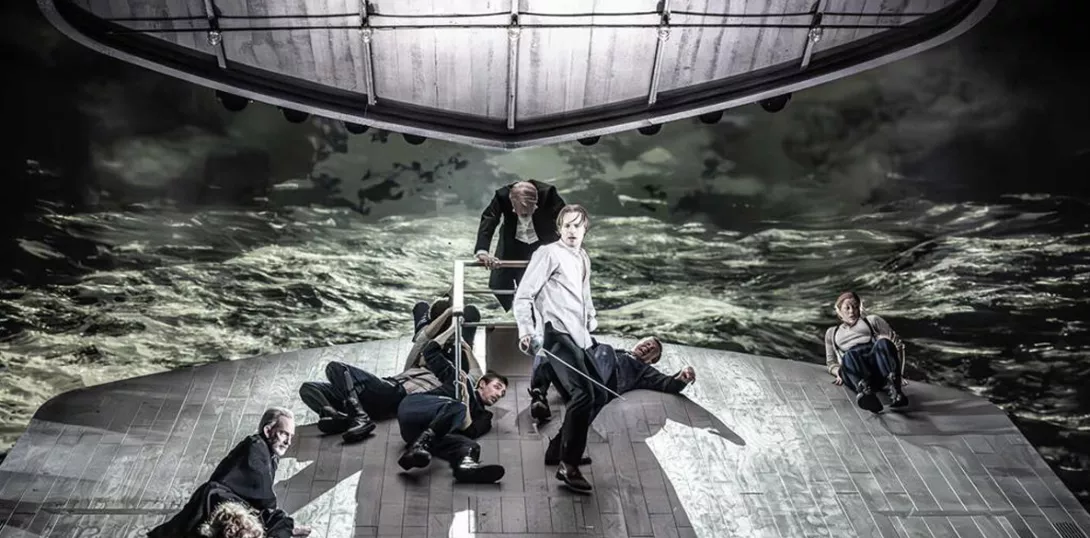GORDON PARSONS is bowled over by a skilfully stripped down and powerfully relevant production of Hamlet
The stark beauty of Welsh brutalism
SIAN LEWIS recommends a unique book of photography that invites greater appreciation of our urban and industrial landscapes

Brutal Wales/Cymru Friwtalaidd
Simon Phipps
September Publishing, £30
WHEN you think of Wales, do you think of the imposing medieval fortresses of Conwy and Caernarfon built by Edward I to subdue those “mere Welshmen” who objected to his invasion of their land? Or perhaps the industrial scars of slate and slag and towering craggy mountains, shrouded in grey? These dramatic views are among the things that draw tourists from around the world to Cymru.
Also to be found, but not in any holiday brochures, are many barely noticed examples of postwar brutalist architecture, which you could argue have a similarly bold aesthetic, that remain largely unloved, neglected and endangered.
More from this author
The phrase “cruel to be kind” comes from Hamlet, but Shakespeare’s Prince didn’t go in for kidnap, explosive punches, and cigarette deprivation. Tam is different.
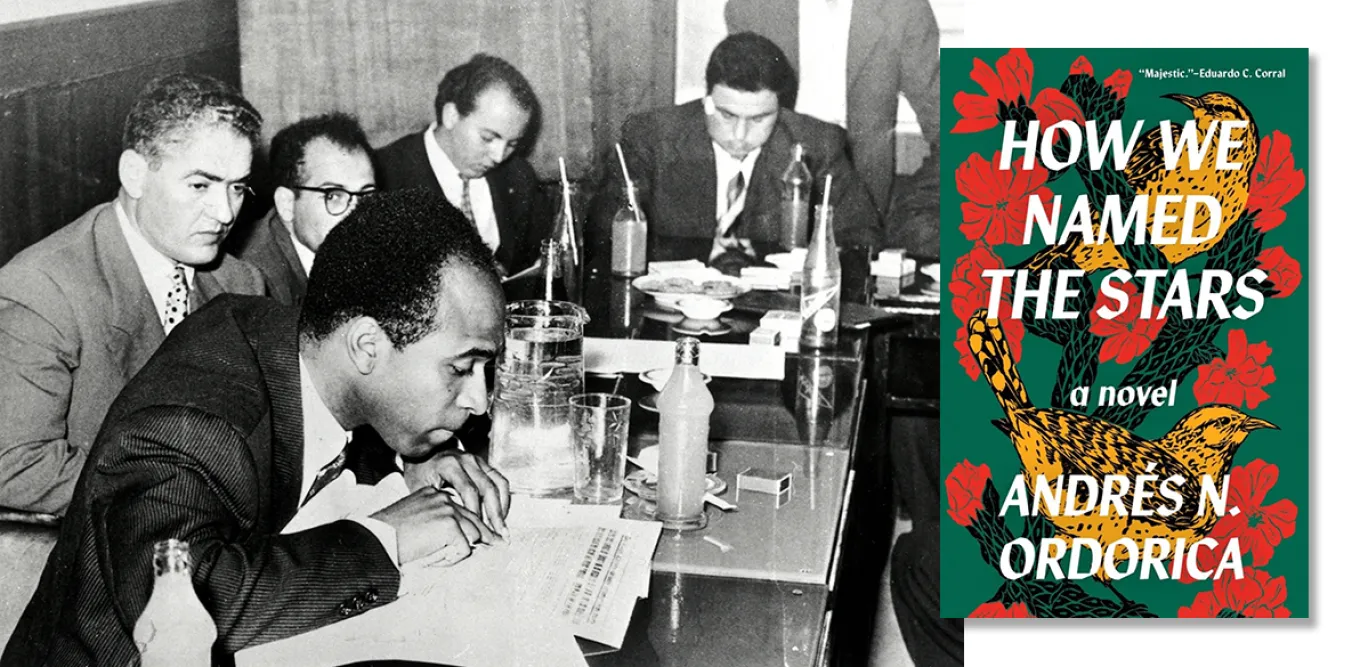
ANGUS REID deconstructs a popular contemporary novel aimed at a ‘queer’ young adult readership
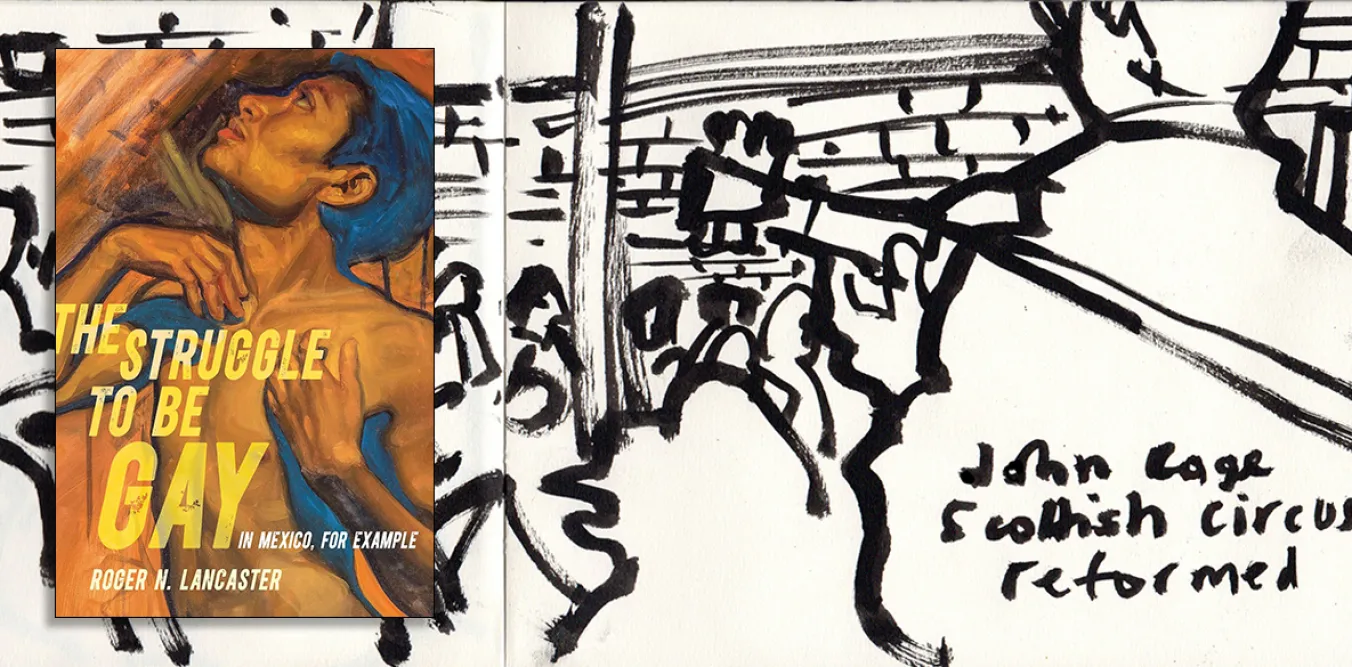
A landmark work of gay ethnography, an avant-garde fusion of folk and modernity, and a chance comment in a great interview
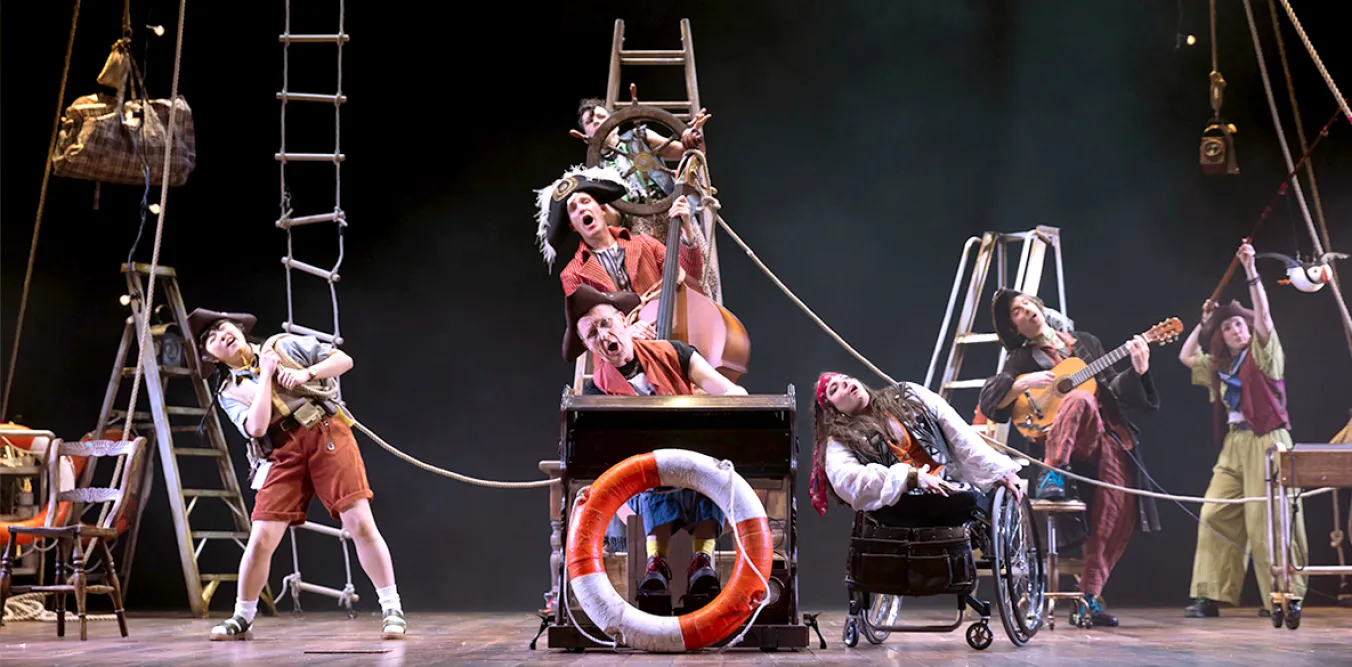
ANGUS REID applauds the inventive stagecraft with which the Lyceum serve up Stevenson’s classic, but misses the deeper themes
Similar stories
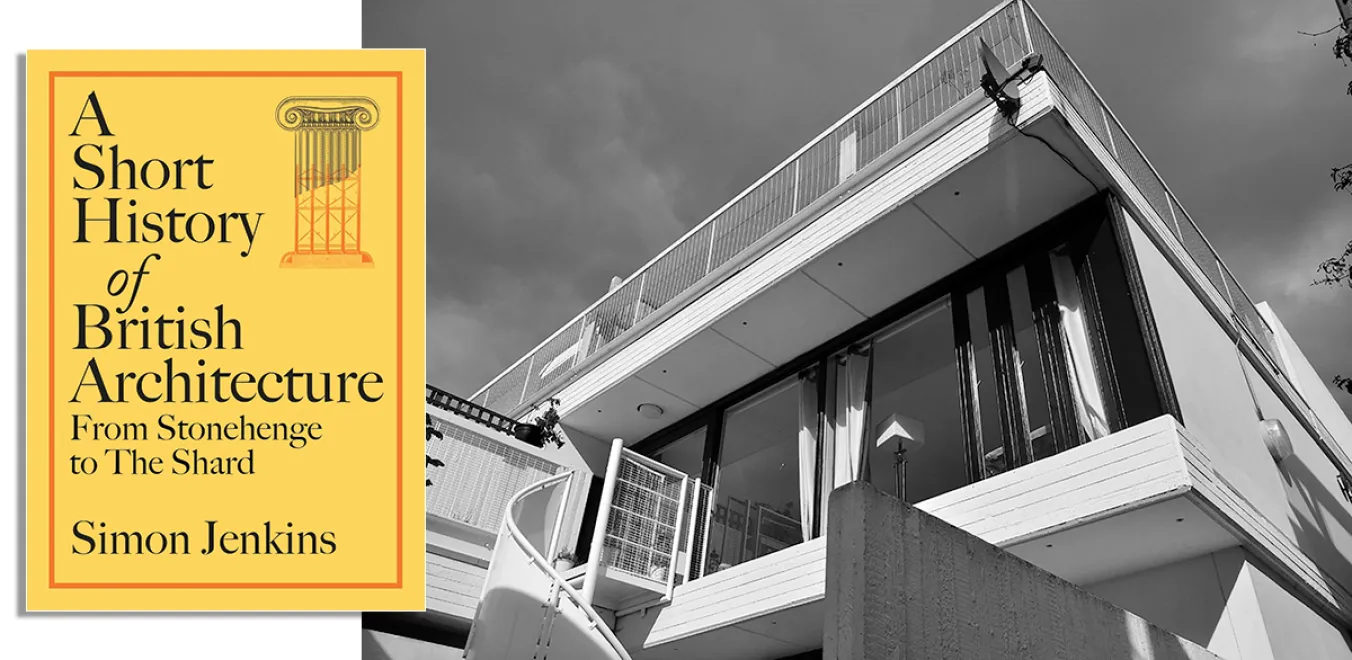
Despite its anti-socialist bias, JOHN GREEN recommends a new survey of British architecture that seeks to educate and provoke
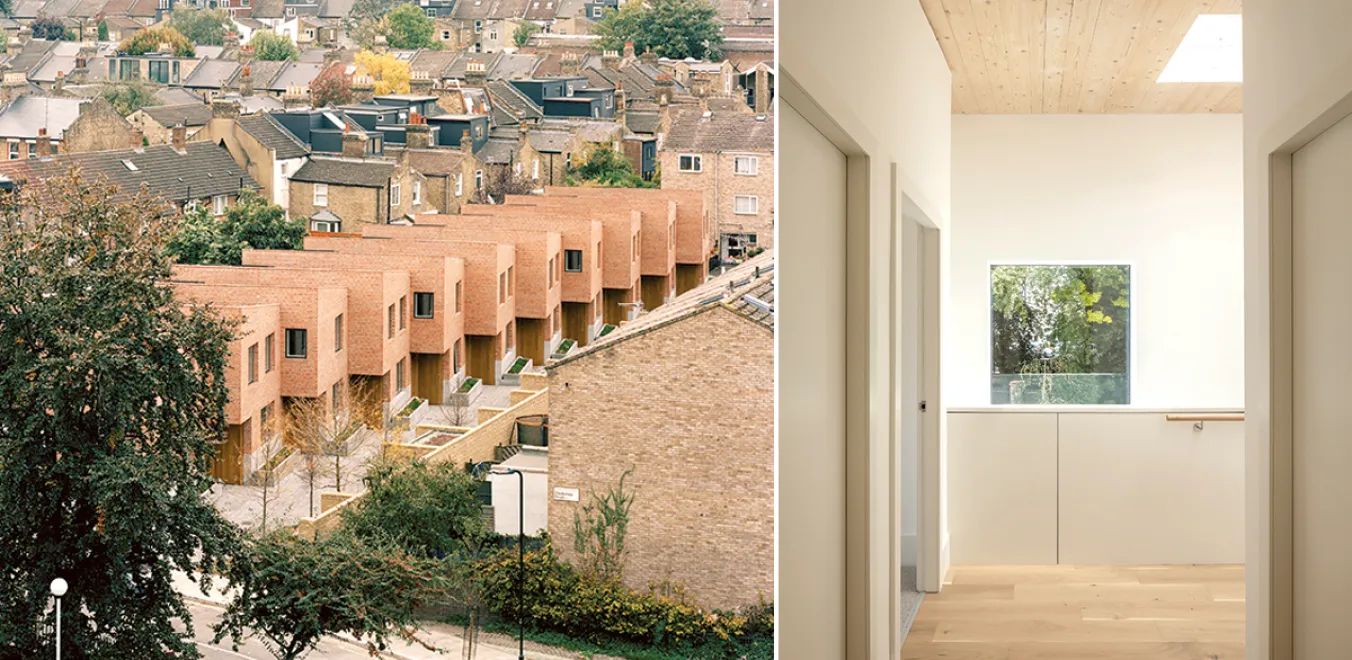
While applauding the emphasis on re-use, ROBERT GROVER examines the elitist bias of the prize towards south-east England
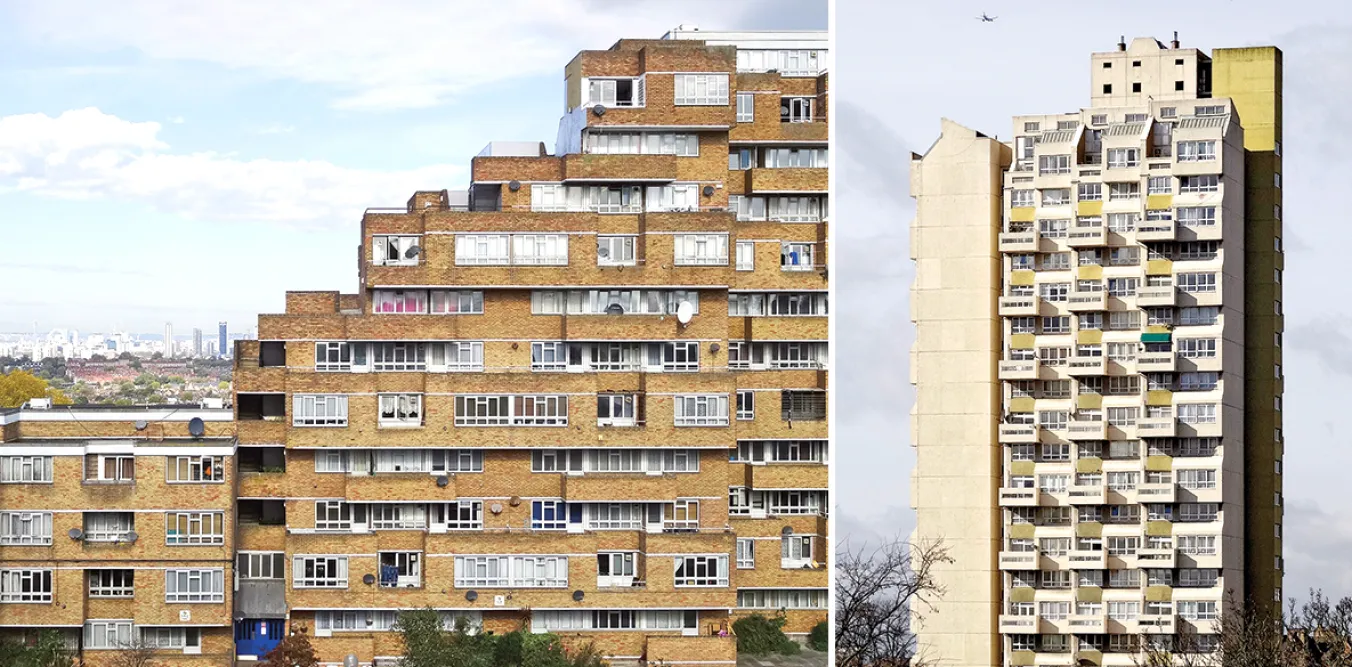
MICHAL BONCZA recommends a photographic sojourn around London housing estates that defined post WWII British civic architecture


